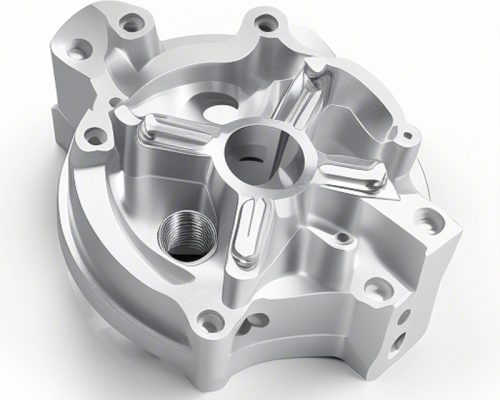In the world of manufacturing, precision and efficiency are key. This is especially true when it comes to CNC (Computer Numerical Control) machining, where parts are crafted with meticulous detail and accuracy. However, to truly excel in this field, it’s not just about the technology; it’s about the partnership between the manufacturer and the client. This blog post will explore the importance of collaborative design optimization and improvement in CNC machining, focusing on the client-centered approach that drives innovation and satisfaction.
The Essence of CNC Machining
CNC machining is a process where a machine tool moves in a sequence controlled by a pre-programmed computer. This method allows for high precision, repeatability, and the ability to produce complex parts with a high degree of accuracy. The process involves the use of CAD (Computer-Aided Design) software to create a model of the part, which is then translated into machine code for the CNC machine to follow.
The Client-Centered Approach
1. Understanding Client Needs
The first step in any CNC machining project is understanding the client’s needs. This involves more than just the technical specifications; it’s about understanding the client’s vision, their industry, and the challenges they face. By taking the time to truly understand the client, manufacturers can tailor their services to meet these needs, leading to a more successful project.
2. Collaborative Design
Once the client’s needs are understood, the next step is collaborative design. This is where the manufacturer and the client work together to create the best possible design for the part. This process can involve several iterations, with the manufacturer providing feedback on manufacturability and the client providing feedback on functionality and aesthetics.
3. Design Optimization
Design optimization is a critical part of the CNC machining process. This involves refining the design to ensure it is not only functional and aesthetically pleasing but also efficient to produce. This can involve adjusting the design to reduce material usage, improve machining times, or enhance the part’s performance.
4. Prototype Testing
Before full-scale production begins, it’s essential to create a prototype. This allows the client to see the part in its physical form and provide feedback. It also allows the manufacturer to test the part for any potential issues, such as fit, function, or durability.
5. Iterative Improvement
The final stage in the process is iterative improvement. This involves making any necessary changes to the design based on feedback from the client and testing. This stage can involve several iterations until both the client and the manufacturer are satisfied with the final product.
Benefits of a Client-Centered Approach
1. Enhanced Client Satisfaction
By involving the client in every step of the process, manufacturers can ensure that the final product meets the client’s expectations. This leads to higher satisfaction and a stronger relationship between the two parties.
2. Improved Product Quality
Collaborative design and iterative improvement lead to a better final product. The client’s input ensures that the part is not only manufactured to the highest standards but also meets their specific needs.
3. Increased Efficiency
By involving the client in the design process, manufacturers can avoid costly mistakes and rework. This leads to increased efficiency and cost savings for both parties.
4. Innovation
Working closely with clients can spark innovation. Manufacturers can learn from the client’s industry knowledge and apply it to their processes, leading to new techniques and technologies.
In CNC machining, the client is not just a customer; they are a partner in the process. By adopting a client-centered approach to design optimization and improvement, manufacturers can create parts that not only meet the client’s needs but also exceed their expectations. This approach leads to enhanced satisfaction, improved product quality, increased efficiency, and innovation, making it a win-win for both the manufacturer and the client.


